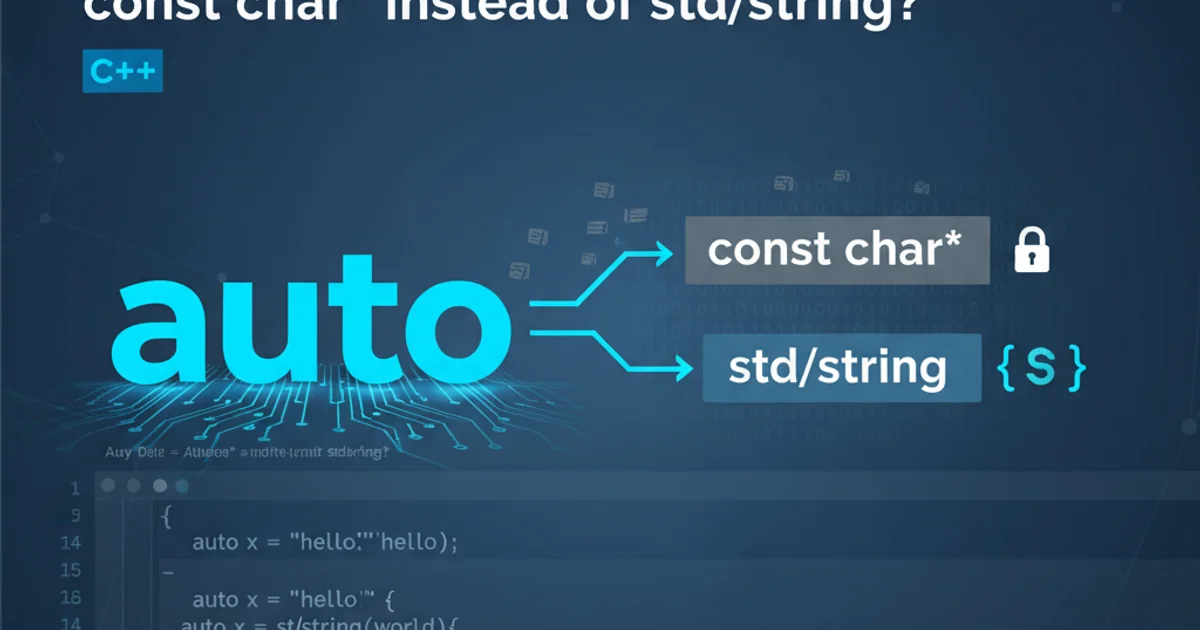How to send a header using a HTTP request through a cURL call?
Categories:
Sending Custom HTTP Headers with cURL

Learn how to effectively send custom HTTP headers in your cURL requests, enhancing communication with web servers for various use cases like authentication, content negotiation, and debugging.
HTTP headers are a crucial part of the client-server communication model, carrying metadata about the request or response. When interacting with web services, APIs, or even debugging web applications, you often need to send custom headers to provide authentication tokens, specify content types, manage caching, or identify your client. cURL, a powerful command-line tool, offers a straightforward way to manipulate these headers.
The Basics: Using the -H or --header Option
The primary method for sending custom HTTP headers with cURL is by using the -H or --header option. This option allows you to specify one header per flag. If you need to send multiple headers, you simply repeat the -H flag for each header.
curl -H "Content-Type: application/json" -H "Authorization: Bearer YOUR_TOKEN" https://api.example.com/data
Sending multiple custom headers with cURL.
"Header-Name: Header-Value".Common Use Cases for Custom Headers
Custom headers serve a variety of purposes in HTTP communication. Understanding these common use cases will help you leverage cURL more effectively.
flowchart TD
A[Client Request] --> B{"Needs Custom Header?"}
B -- Yes --> C[Add Header via -H]
C --> D[Send Request to Server]
B -- No --> D
D --> E[Server Processes Request]
E --> F[Server Sends Response]
F --> G[Client Receives Response]Workflow for sending HTTP requests with custom headers.
Here are some of the most frequent scenarios where you'll need to send custom headers:
1. Authentication
Many APIs use headers like Authorization (e.g., Bearer tokens, Basic Auth) to verify the client's identity and permissions.
2. Content Negotiation
Headers such as Accept (for desired response format like application/json or text/xml) and Content-Type (for the format of the request body, e.g., application/x-www-form-urlencoded) are crucial for specifying data formats.
3. Caching Control
Headers like Cache-Control or If-None-Match can be sent to influence how proxies and browsers cache responses, or to perform conditional requests.
4. Custom Client Identification
The User-Agent header identifies the client making the request. You might customize this for specific testing or to mimic different browsers.
5. Debugging and Tracing
Some systems use custom headers (e.g., X-Request-ID) for tracing requests across microservices or for debugging purposes.
Advanced Header Management
Beyond simply adding headers, cURL also allows you to modify or remove default headers that it might send automatically.
To remove a default header, you can specify the header name followed by a semicolon without a value. For example, to remove the Accept header that cURL might send by default:
curl -H "Accept:" https://api.example.com/data
Removing a default header with cURL.
Host) to function correctly. Removing essential headers can lead to unexpected errors.You can also override existing headers by simply providing a new value for a header that cURL would otherwise send. The last specified header value for a given header name takes precedence.
curl -H "User-Agent: MyCustomClient/1.0" https://www.example.com
Overriding the default User-Agent header.